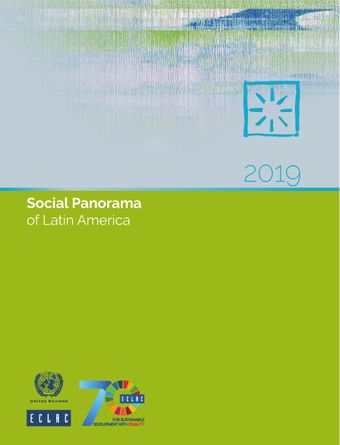Migration and social and labour inclusion for equality

- Author: United Nations
- Main Title: Social Panorama of Latin America 2019 , pp 187-248
- Publication Date: April 2020
- DOI: https://doi.org/10.18356/e72915c2-en
- Language: English Spanish
- Previous Chapter
- Table of Contents
- Next Chapter
The relationship between poverty and migration differs among the different destination countries where it can be examined. The region’s nine countries where the significant statistical data are available are distributed equally among those where international migrants report lower poverty rates than people born in the country, those where they report higher poverty rates and, finally, those where are no significant differences. However, controlling for a series of sociodemographic factors (age, sex, education, employment, area of residence, household structure and others), in five countries migrants report higher poverty rates than their native-born counterparts. Similarly, there are a large number of Latin America and Caribbean countries that receive significant remittance flows from other countries, sent back by emigrants to their families. Those flows are distributed across all sectors of society and represent a form of protection against poverty in the beneficiary households, particularly in those countries where incoming remittances account for a large share of GDP.
-
From This Site
/content/books/9789210479547c006dcterms_title,dcterms_subject,pub_keyword-contentType:Journal -contentType:Contributor -contentType:Concept -contentType:Institution105


